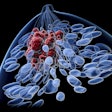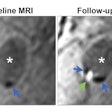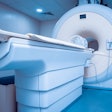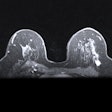Dear AuntMinnie Member,
Do you have a hardworking colleague who you believe deserves wider recognition? Have you read a research paper recently that changed your perspective on radiology? Have you used a product that really changed the way you practice?
Nominate them for a Minnie!
Now in its 19th year, the Minnies awards are our annual competition to recognize excellence in radiology. We start with nominations from our members (readers like you) and then select semifinalists and winners through two rounds of voting by our expert panel. Winners will be announced just before this year's RSNA meeting in Chicago. To see who won last year, just click here.
The Minnies wouldn't be the prestigious event it is without your participation, however. So nominate today by clicking here, or go to minnies.auntminnie.com.
How does gadolinium get into the brain?
One of the biggest mysteries surrounding the issue of gadolinium deposition after the use of MRI contrast is how the material gets into brain tissue. A new study we're highlighting in our MRI Community begins to shed light on the phenomenon.
Researchers from the Mayo Clinic in Rochester, MN, examined cerebrospinal fluid (CSF) from a small group of patients who had MRI scans with a gadolinium-based contrast agent (GBCA). Their goal was to directly measure gadolinium accumulation in CSF after GBCA use.
They found measurable levels of gadolinium in CSF of the test subjects, in one case up to 24 days after GBCA administration. What could be the cause of the accumulation? Find out by clicking here, or visit our MRI Community at mri.auntminnie.com.
CT radiation in kids
Finally, one of the biggest stories in radiology this week was a new study produced by Dutch researchers who found that kids who received CT scans had higher rates of cancer later on. Read that story by clicking here, or visit our CT Community at ct.auntminnie.com.



.fFmgij6Hin.png?auto=compress%2Cformat&fit=crop&h=100&q=70&w=100)



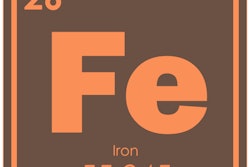
.fFmgij6Hin.png?auto=compress%2Cformat&fit=crop&h=167&q=70&w=250)
